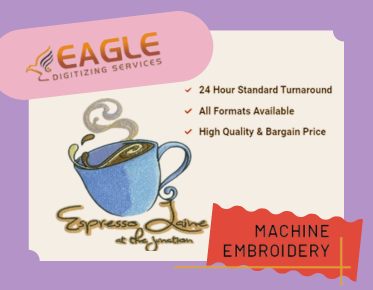Understanding Screen Printing
Screen printing, also known as serigraphy or silk screen printing, is an ancient technique that remains relevant today in the world of art and commerce. It involves creating a stencil (or "screen") and using it to apply layers of ink on a printing surface. Artists and industries have used this method since its inception due to its versatility and durability.
History and Evolution of Screen Printing
The roots of screen printing can be traced back to ancient China and Egypt, where woven silk was used to create stencils for artwork and decorative purposes. However, it wasn't until the 20th century that screen printing gained prominence as a significant artistic and commercial printing method. This resurgence was largely due to the development of new synthetic materials for creating screens and the adaptation of the process for mass production.
The Process of Screen Printing
The screen printing process begins with the creation of a stencil, which is a negative of the image to be printed. This stencil is placed on a mesh screen, and ink is pressed through the mesh onto the printing surface. Each color requires a different screen and stencil, making it ideal for designs with several colors. This technique is widely used for creating graphic prints on fabrics, glass, ceramics, wood, paper, and more.
Applications of Screen Printing
Screen printing is particularly popular in the apparel industry. T-shirts, hoodies, and other garments often feature screen-printed designs due to their vibrant colors and longevity. Beyond clothing, screen printing is used for producing posters, labels, decals, and circuit boards, demonstrating its versatility across different sectors.
Advantages of Screen Printing
One of the primary benefits of screen printing is its ability to produce vivid colors that are difficult to achieve with other printing methods. The technique also allows for printing on a variety of materials, including textiles, metals, and plastics. Additionally, screen printing is cost-effective for large print runs, making it a popular choice for merchandise production and promotional items.
Screen Printing in Modern Times
In today's digital age, screen printing has evolved and works hand in hand with digital technologies. For instance, vector art plays a crucial role in modern screen printing by providing high-quality, scalable designs that are easy to reproduce. Companies like Eagle Digitizing provide services for converting images into vectors, which are then used in screen printing to ensure output precision and quality. Their services are trusted by businesses looking to produce promotional material efficiently and effectively.
Screen printing remains a vital component of the printing and design industry. As technology advances, the technique continues to adapt, offering more innovative and high-quality printing solutions. It’s clear that screen printing’s combination of tradition and modernity makes it an enduring choice among artists and businesses alike.
Challenges and the Way Forward
Despite many advantages, screen printing faces challenges like environmental concerns and the need for sustainable inks and materials. The industry is responding with eco - friendly options to keep screen printing viable.
Eagle Digitizing offers embroidery digitizing and vector art conversion services, enhancing the creative and commercial potential for screen printing.
The future of screen printing is promising, with advanced technologies and sustainable practices. As a dual - purpose tool, it will keep evolving. How will it adapt to modern demands while retaining its unique features? Eagle Digitizing aims to help screen printers navigate these changes.


.png)